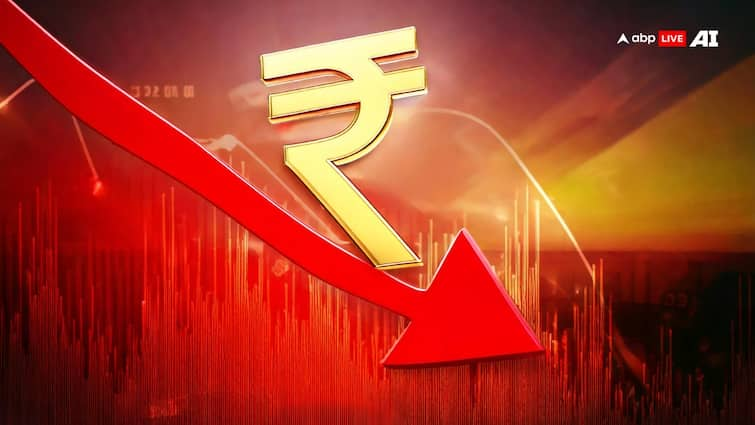Last Updated:
According to top intelligence sources, the “I Love Muhammad” toolkit relies heavily on human networks — political leaders, mosque committees, and social organisers.

A row erupted after police in Kanpur filed an FIR against nine named and 15 unidentified persons for allegedly installing boards with “I Love Mohammad” written on them on a public road in Kanpur during a Barawafat procession on September 4. (File image: PTI)
The “I Love Muhammad” toolkit has revealed a structured mobilisation plan designed to leverage religious devotion to Prophet Muhammad as a rallying force for political and social protests across India. According to intelligence sources, the campaign is not a spontaneous movement but a calculated hybrid strategy that blends genuine faith with political and organisational backing.
Intelligence sources suggest the timing of the mobilisation is particularly significant. The campaign is reported to be deliberately initiated before a string of major Hindu festivals such as Ganesh Chaturthi, Pitru Paksha, Navratri, Durga Puja, Dussehra, Ram Lila, Diwali, Chhath Puja, and Guru Nanak Jayanti. By doing so, organisers aim to create an “organic-looking” groundswell that overlaps with heightened religious activity across India, sources added.
Recommended Stories
According to top intelligence sources, the “I Love Muhammad” toolkit relies heavily on human networks — political leaders, mosque committees, and social organisers —whose actions are then amplified through sophisticated use of social media algorithms. Leaders such as Asaduddin Owaisi, senior Samajwadi Party figures, and clerics like Tauqeer Raza have been cited by intelligence agencies as key players in dictating the timing, messaging, and logistics of nationwide protests. These human strategies are then scaled up online through platforms such as X, Instagram, and TikTok, which intelligence sources describe as critical channels for rapid amplification.
While largely domestically driven, intelligence inputs stress that the toolkit has been crafted with an international dimension. According to intelligence sources, the deliberate global framing of the “I Love Muhammad” slogan is meant to attract attention not only in India but also in France, Italy, the UK, and other Western nations where debates around Islam and free expression have been polarising. At the same time, agencies highlight efforts to tap into religious sentiment in Gulf countries, particularly Saudi Arabia, with the possibility of sympathetic donors extending financial support.
Thus far, top intelligence sources maintain that most funding for the campaign appears to be local. However, they caution that NGOs linked to global Islamist networks have begun to show interest, potentially providing logistical or financial backing. This mirrors patterns seen in other regional religious campaigns, where domestic movements received external reinforcement, sources said.
According to intelligence assessments, the toolkit also factors in the likely response from international institutions. Large-scale religious protests in India are expected to trigger statements of concern from foreign governments and human rights organisations. Intelligence sources warn that such statements are then weaponised domestically by political actors, who present them as evidence of bias or minority victimisation.
Finally, intelligence sources note that Islamist groups abroad are actively monitoring Indian developments. These groups, according to sources, use domestic protests as propaganda material in recruitment messaging, portraying Indian Muslims as part of a wider international struggle.
Intelligence sources emphasise that while the “I Love Muhammad” movement is rooted in local mobilisation, its design, timing, and global outreach are structured to generate maximum domestic pressure and international visibility.
About the Author

Group Editor, Investigations & Security Affairs, Network18
Group Editor, Investigations & Security Affairs, Network18
September 29, 2025, 16:59 IST
Loading comments…
Read More



